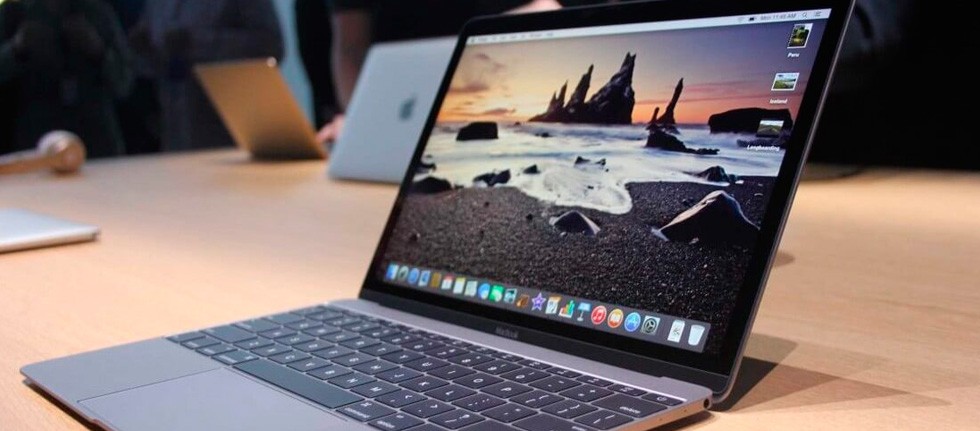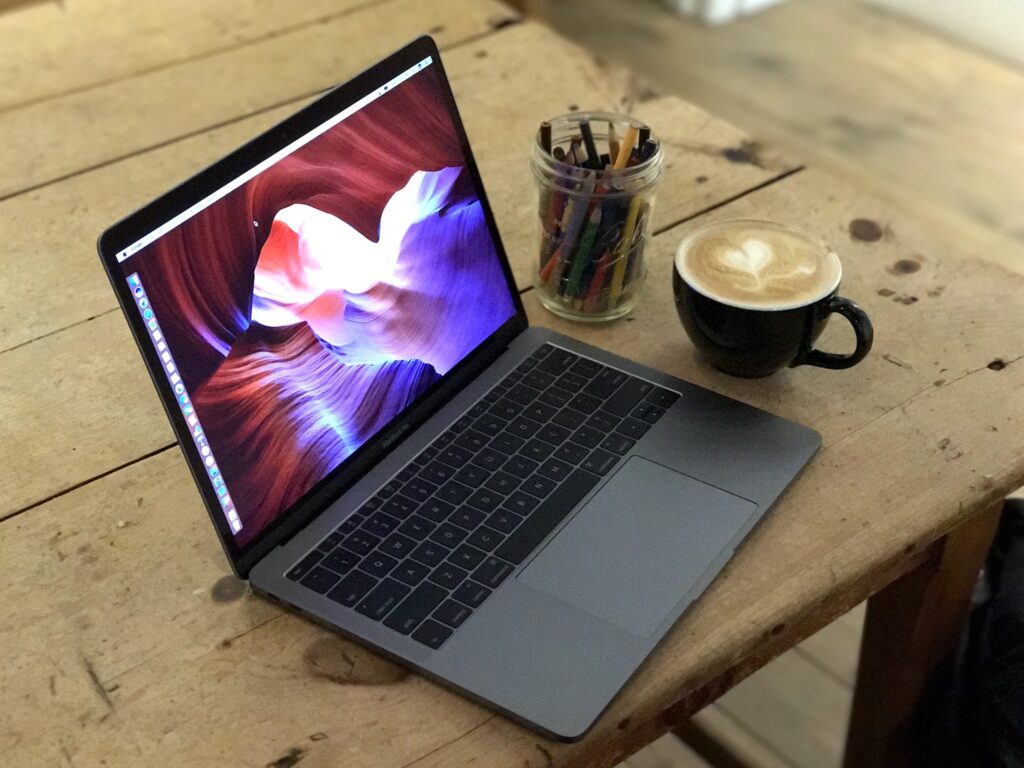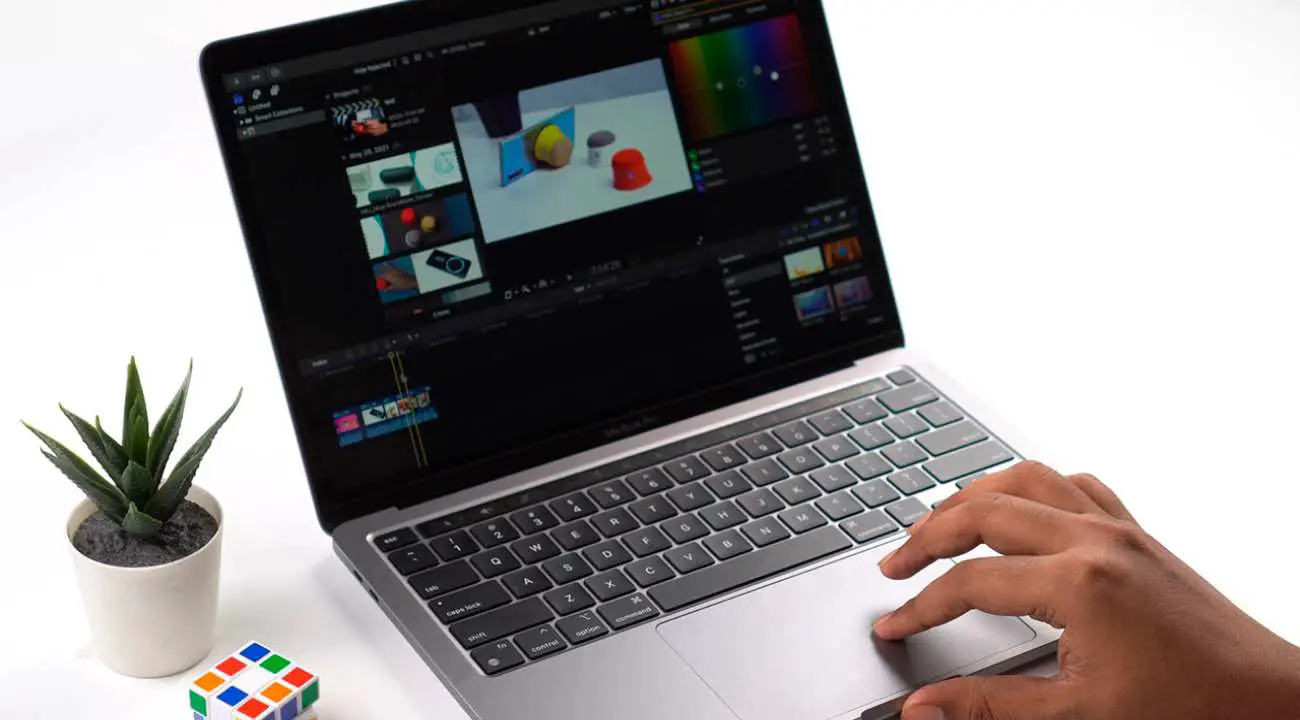Introduction
When it comes to laptops, Apple’s MacBook has earned a reputation for its sleek design, powerful performance, and intuitive user experience. Among its many standout features, the MacBook trackpad stands out as one of the most impressive and user-friendly input devices in the market. In this article, we will explore why the MacBook trackpad is considered the best and why it sets the standard for other laptop manufacturers to follow.
The Superiority of MacBook Trackpad
1. Unparalleled Precision and Responsiveness
The MacBook trackpad boasts unparalleled precision and responsiveness, making it a joy to use for both casual browsing and professional tasks. With advanced touch-sensitive technology and highly accurate tracking, the trackpad provides users with a smooth and seamless experience. Its ability to accurately detect gestures and movements allows for effortless navigation and precise control over various applications.
2. Intuitive Multi-Touch Gestures
One of the key aspects that sets the MacBook trackpad apart from its competitors is its extensive range of intuitive multi-touch gestures. From pinch-to-zoom and scrolling to swiping between applications and accessing Mission Control, the trackpad offers a wide array of gestures that enhance productivity and streamline user interaction. These gestures have become second nature to MacBook users, contributing to a more efficient and intuitive workflow.

3. Force Touch Technology
MacBook trackpads incorporate Force Touch technology, which adds another dimension to the user experience. With this feature, users can apply different levels of pressure to trigger additional functionalities. For example, a lighter touch enables a preview of files or web links, while a firmer press initiates contextual actions like looking up word definitions or accessing Quick Look. This innovative technology not only expands the trackpad’s functionality but also adds depth to user interactions.
4. Integrated Palm Rejection
The MacBook trackpad’s integrated palm rejection technology is a testament to Apple’s attention to detail. This feature accurately distinguishes between intentional input from fingers and accidental palm or wrist contact, preventing unintentional cursor movements and erroneous commands. As a result, users can rest their hands comfortably on the trackpad while typing, without the fear of unwanted actions being triggered.
5. Customization and Personalization
MacBook users can further enhance their trackpad experience by customizing its settings to suit their preferences. From adjusting the tracking speed to enabling tap-to-click or fine-tuning gesture sensitivity, the trackpad settings offer a high degree of flexibility. This level of customization ensures that users can optimize the trackpad’s performance according to their unique needs and habits, providing a truly personalized user experience.
Frequently Asked Questions (FAQs)
Q1. Can the MacBook trackpad be used with external mice?
Yes, the MacBook trackpad can be used in conjunction with an external mouse. Users can choose to connect a mouse via USB or use Bluetooth to connect wireless mice. This flexibility allows users to switch between different input devices based on their preferences and specific tasks.
Q2. Is the MacBook trackpad compatible with third-party applications?
Absolutely! The MacBook trackpad is compatible with a wide range of third-party applications. Whether you’re using creative software, productivity tools, or even games, the trackpad seamlessly integrates with these applications, providing an intuitive and efficient user experience.
Q3. Does the MacBook trackpad support haptic feedback?
Yes, the MacBook trackpad supports haptic feedback, offering a tactile response that mimics the sensation of physical buttons. This feature enhances the user experience by providing a more immersive and engaging interaction with the trackpad.
Q4. Can the MacBook trackpad recognize handwriting and signatures?
While the MacBook trackpad primarily focuses on touch gestures and movements, it does not have specific handwriting recognition capabilities. However, users can utilize third-party applications or external devices, such as styluses or graphics tablets, to capture and convert handwritten input.
Q5. Can I adjust the sensitivity of the MacBook trackpad?
Yes, users have the option to adjust the sensitivity of the MacBook trackpad. By accessing the Trackpad settings in the System Preferences, users can fine-tune the tracking speed and gesture sensitivity to their liking, ensuring a comfortable and responsive experience.
Q6. Can the MacBook trackpad be disabled if desired?
Certainly! Users have the flexibility to disable the MacBook trackpad temporarily or permanently if they prefer to use an external mouse or have specific requirements. This can be done by accessing the Trackpad settings and selecting the appropriate options to disable or enable the trackpad.
Conclusion

The MacBook trackpad undoubtedly stands out as the best trackpad in the laptop market. With its unrivaled precision, intuitive multi-touch gestures, force touch technology, integrated palm rejection, and extensive customization options, it offers an exceptional user experience. Apple’s commitment to innovation and attention to detail have set the MacBook trackpad as the benchmark for other laptop manufacturers to strive for. Whether you’re a casual user or a professional, the MacBook trackpad’s superior performance and seamless integration will undoubtedly enhance your productivity and enjoyment while using your laptop.
So, if you’re in search of a laptop with an exceptional trackpad, look no further than the MacBook. Experience the unmatched precision, responsiveness, and customization options that make the MacBook trackpad the best in its class.

